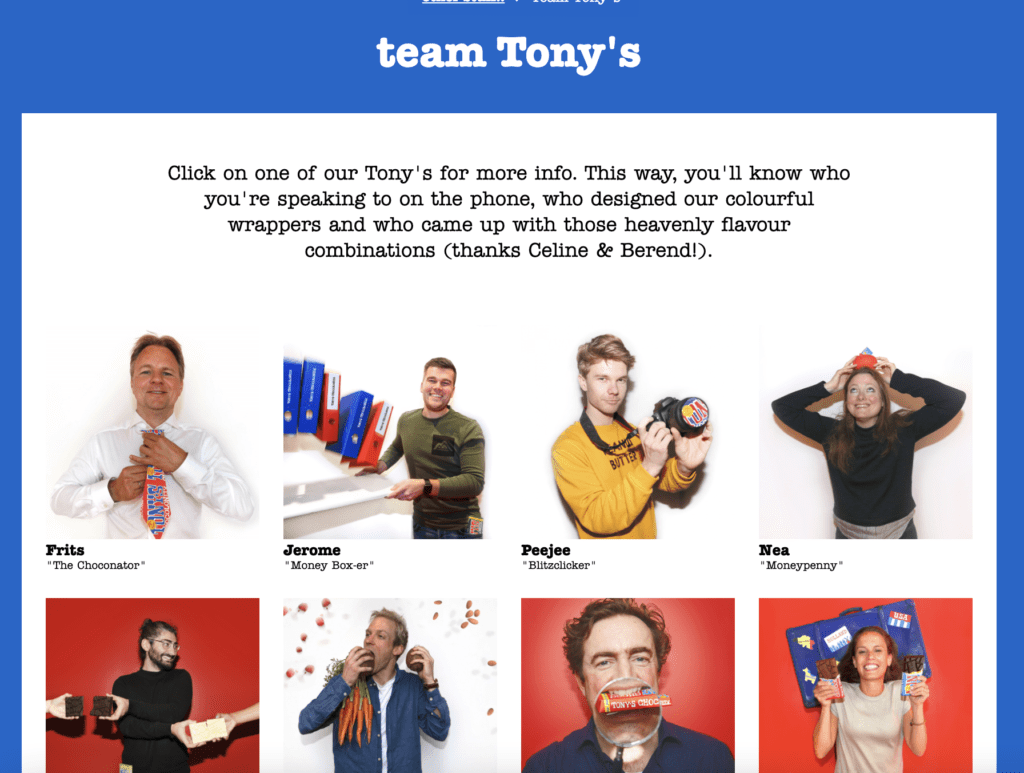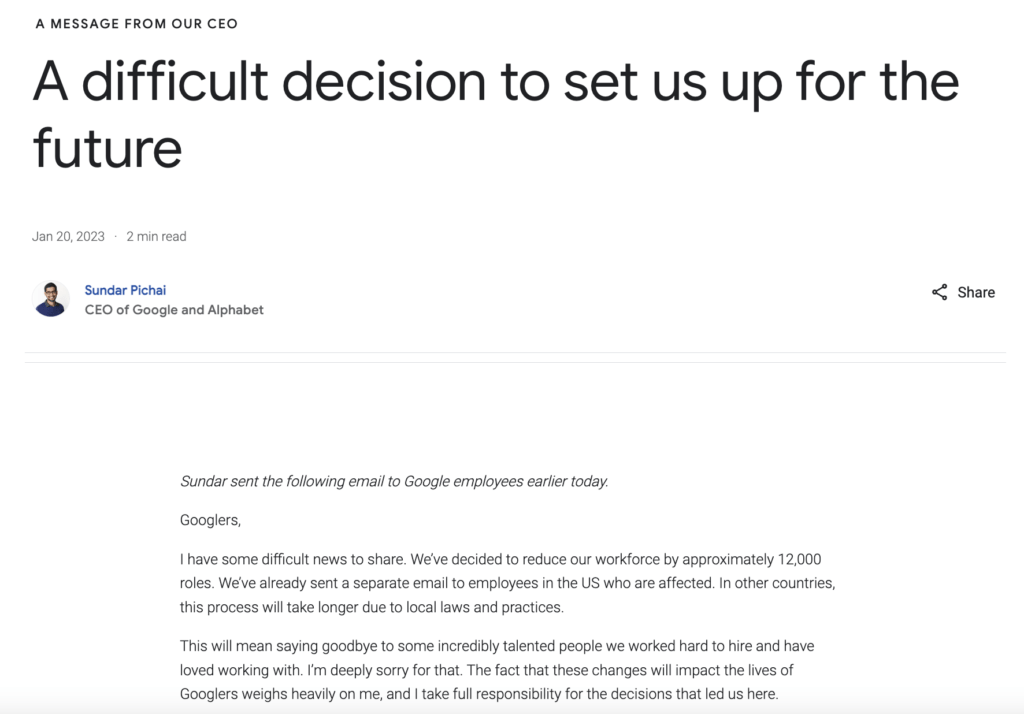Make UK, 57% of businesses were unable to attract candidates with the right technical skills and 49% didn’t receive enough applications to fill all of their vacancies.
It’s no secret that recruiting in manufacturing is tough right now. According to Make UK’s Industrial Strategy report, 57% of businesses were unable to attract candidates with the right technical skills and 49% didn’t receive enough applications to fill all of their vacancies. But, there is something you can do to increase your chances of attracting the right candidates over your competitors. And it starts with your Employer Brand.
- What is Employer Brand?
- How do I know if my Employer Brand needs work?
- What can I do to improve my Employee Brand?
- What is Employee Advocacy?
- Examples of brilliant employee brands
- Summary
What is Employer Brand?
To put it simply, Employer Brand is the general feeling an employee or an applicant has about your company. It’s the way they describe you to their friends and families. It’s how they talk about working at your company – online and offline. It makes up a large proportion of your reputation, so if you don’t get it right then you’ll never fill all those vacancies.
Employer Brand is what builds the foundations of your employer branding. It’s the heart of your company – your people. Employer Branding is the process of then pushing these foundations out to the public through your marketing.
There are many definitions of Employer Branding but one of our favourites has to be this one.
Oxford Reference
How do I know if my Employer Brand needs work?
Firstly you’ll need to check your retention stats with your HR department, if they’re low then you need to get to work now. After that, ask yourself the following questions and really take time to consider the answers.
- Are people moving onto other companies?
- Why would people go to other companies and not come to mine?
- What would my top performers do if they were approached by someone else?
It might also help to consider these points…
Think about your last recruitment drive. Did you fill the vacancies straight away or did you have to revisit the list of needs and desires? If you did, then that could be down to the simple fact that the candidate heard better things about the other company.
Ever had a scenario where the candidate can’t decide between your company and another? Did they choose them or you? That’s probably because they’d heard better things about that company.
What can you do to improve your Employer Brand?
There are several things you can do to improve your employer brand, but most will take time and investment. Here’s a few things to help get you started.
- Revisit your company values and culture.
Are the values still relevant? Do they actually mean anything? Are your team truly living them? Is the office culture what you hoped for?
- Create an Employee Value Proposition (EVP) – If you don’t already have one.
Your EVP is a promise you make to your employees. It summarises the benefits and rewards available to employees in return for their commitment. If you already have one, is it still correct? Are you following up on the promise? If not, then that is likely to be the thing damaging your employer brand.
- Actually reward employees.
This doesn’t have to be monetary, it can be virtually as well. Like a congratulations on a promotion shout out on social media. Sounds simple, but so many businesses don’t think about the impact a digital pat on the back can do for morale. You can see an example here of how Xpand introduced this to Mitchells.
- Focus on your employee recruitment, induction and retention programs.
Are they on point? Do your employees value them? Consider asking your employees for their feedback.
- Actually measure the impact.
Look at brand sentiment statistics, referrals, employee posts and even tools like GlassDoor. You could also ask candidates for their feedback and run internal employee surveys.
- Invest in an Employee Advocacy program.
What is Employee Advocacy?
It’s one thing to have employees who are happy and engaged, but do they talk about your company positively in their own time?
Employee advocacy is basically this. When your employees are taking their time to talk about your company in their own personal space and time, of their own accord, only then will you have achieved employee advocacy in its truest form.
What Employee advocacy isn’t about is telling employees what to do. We hear this a lot when speaking to clients. “I told them to share the post but they didn’t.” Well, why would they? Employee Advocacy is about giving employees things they want to share with the world in places like their private social media platforms, and are delighted to do so. Don’t forget these are their private spaces, and it’s likely the majority of their communities aren’t going to be that interested in what they do at work.
‘Your employees have 10 times more social reach than your brand accounts’ (LinkedIn); and that ‘sales leads generated by social advocacy are seven times more likely to close’
The Marketing Advisory Network
Examples of brilliant employee brands
Tony’s Chocolonely
‘Crazy about chocolate, serious about people.’
Well, what a statement! And one that’s backed up by numerous marketing campaigns, job advertisements and their manifesto video. Then their values, ‘we are outspoken, willful, entrepreneurial, and we make you smile’ speak volumes to anyone looking to join their team, or as they put it, become a Tony.
The brand does an exceptional job of bringing their team into their branding. They feature heavily on the website and on their social media accounts. They make it look like a fun place to be, but they also show that are they fighting a cause together, a true unity. Who wouldn’t want to be a part of that?

‘Our mission is to organise the world’s information and make it universally accessible and useful’
Of course we couldn’t miss Google off the list. Regularly referred to as the employer of the year, Google doesn’t struggle to recruit. In one year alone they received 3 million applications. Google runs a pretty tight ship when it comes to their recruitment process, and that’s critical when it comes to culture. One bad recruit can take down an army.
Some of the basics are done extremely well at Google, and that counts for a lot. They have made an effort to create social media accounts focused on Life at Google and a whole website dedicated to careers. What we absolutely loved about Google’s employer brand was that their benefits didn’t just mention the employee, they also mentioned the employees family and how they are important to the company too.
Google has made a real effort to include their Googlers into their campaigns, there’s even a whole page of Googlers giving their personal accounts of working for the brand.
Now, some of you will be thinking, hang on, in January 2023, Google let go of approximately 12,000 roles, not great for an employer brand. No, but what they did will have definitely helped ease the impact. Sundar Pichai emailed all Google employees and explained the situation and why it was happening.

He was honest and apologetic. Something a lot of CEOs lack. And that has to count for something.
In summary
Employer Brand is vital if you want to stand above the rest. It’s a crowded market for the skilled workforce at the moment. You could shift things ever so slightly and still have people queuing at your door.
Wouldn’t that be nice?
For assistance with building your employer brand or creating an employee advocacy program, contact us.

